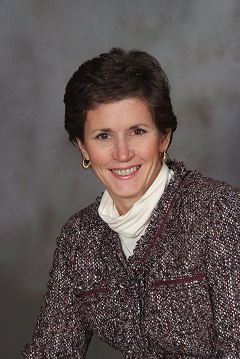
_ Kym Heine, M.S.-CCC-SLP_
In attempts to encourage the use of a communication device in a variety of environments with various communication partners, many students take their devices to Special Area Classes (e.g. music, art, library, PE, and computer). These classes are typically conducted by instructors who have little to no AAC partner training. Communication during Special Areas will not naturally occur just because students take their devices with them. Students must be given numerous and positive opportunities to communicate and instructors must be trained to be elicit the use of target vocabulary.
Equipping the Special Area instructors to provide numerous opportunities for communication and elicit the use of target vocabulary during an activity can include many of the following strategies.
1. Model how the Special Area instructors could conduct an activity in a manner that provides numerous opportunities to communicate (i.e. SLP assumes the role of the instructor conducting an activity using a script designed to elicit target vocabulary).
Provide a script of open ended questions/prompts that follows the framework of the activity. These scripts can be written on large flip boards and placed in direct view of the instructor or placed in protector sheets and given to the instructor.
SLP or classroom assistant can participate as a device user in a special area activity to model how target vocabulary can be used during the activity.
Video tape an activity conducted by the special area instructor and view it with the instructor to identify areas of strengths and weaknesses with respect to being a good facilitator.
Train the teacher assistants, who typically accompany students to special areas, to use visual supports (e.g. cue cards identifying the target words or reminders to WAIT EXPENTANTLY) throughout the activity as reminders for the instructors.
Spontaneous use of target vocabulary and the frequency of device use will increase significantly when Special Area instructors are equipped to provide numerous and positive opportunities for students to communicate. Given the proper training and support, Special Area instructors can encourage device users to communicate with a variety of communication partners for a variety of reasons.
Please contact the author for more information on this topic or to request handouts such as example scripts and sample lists of target vocabulary.
You must be logged in to post.
Stories and Strategies fo...















